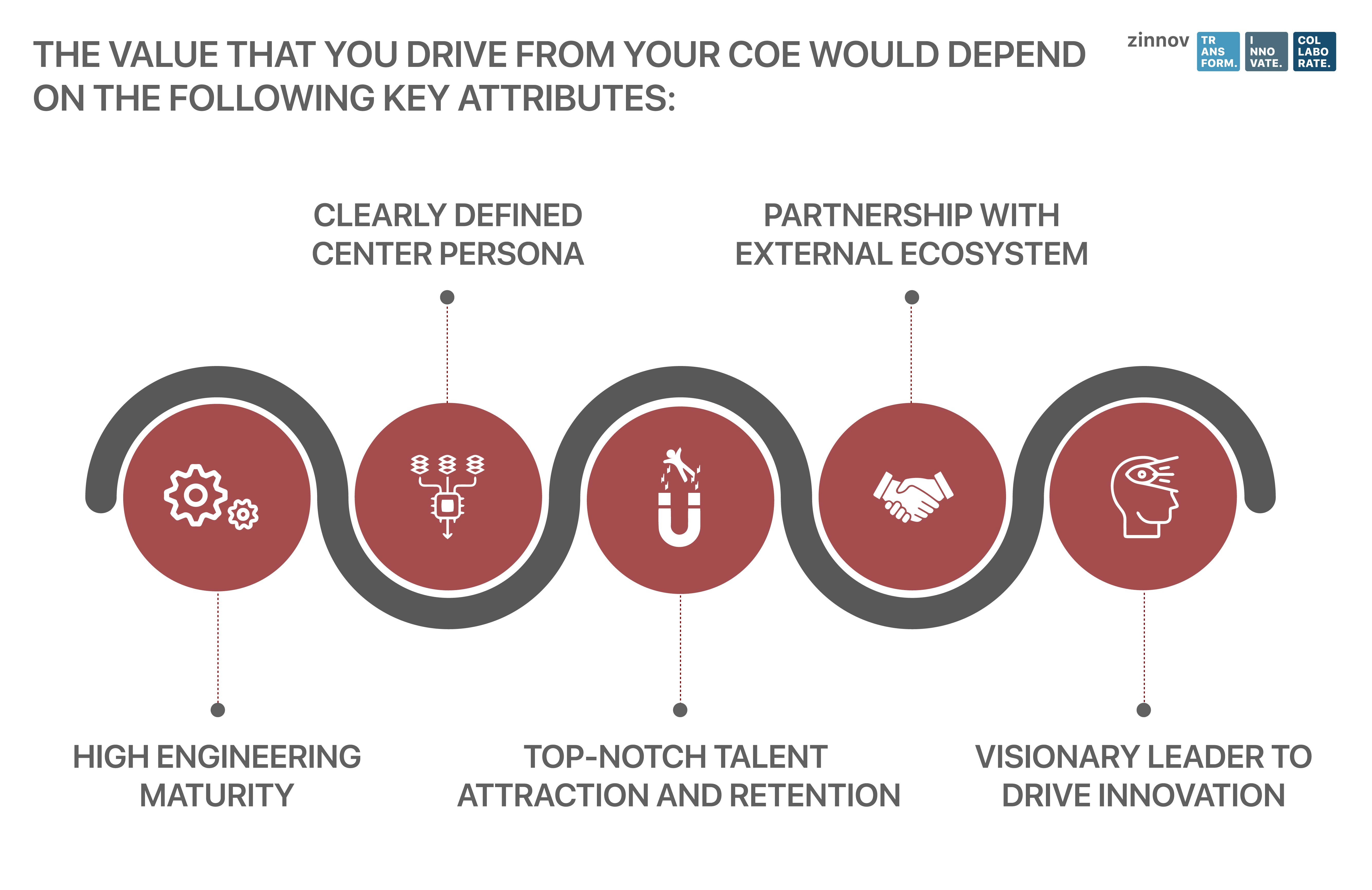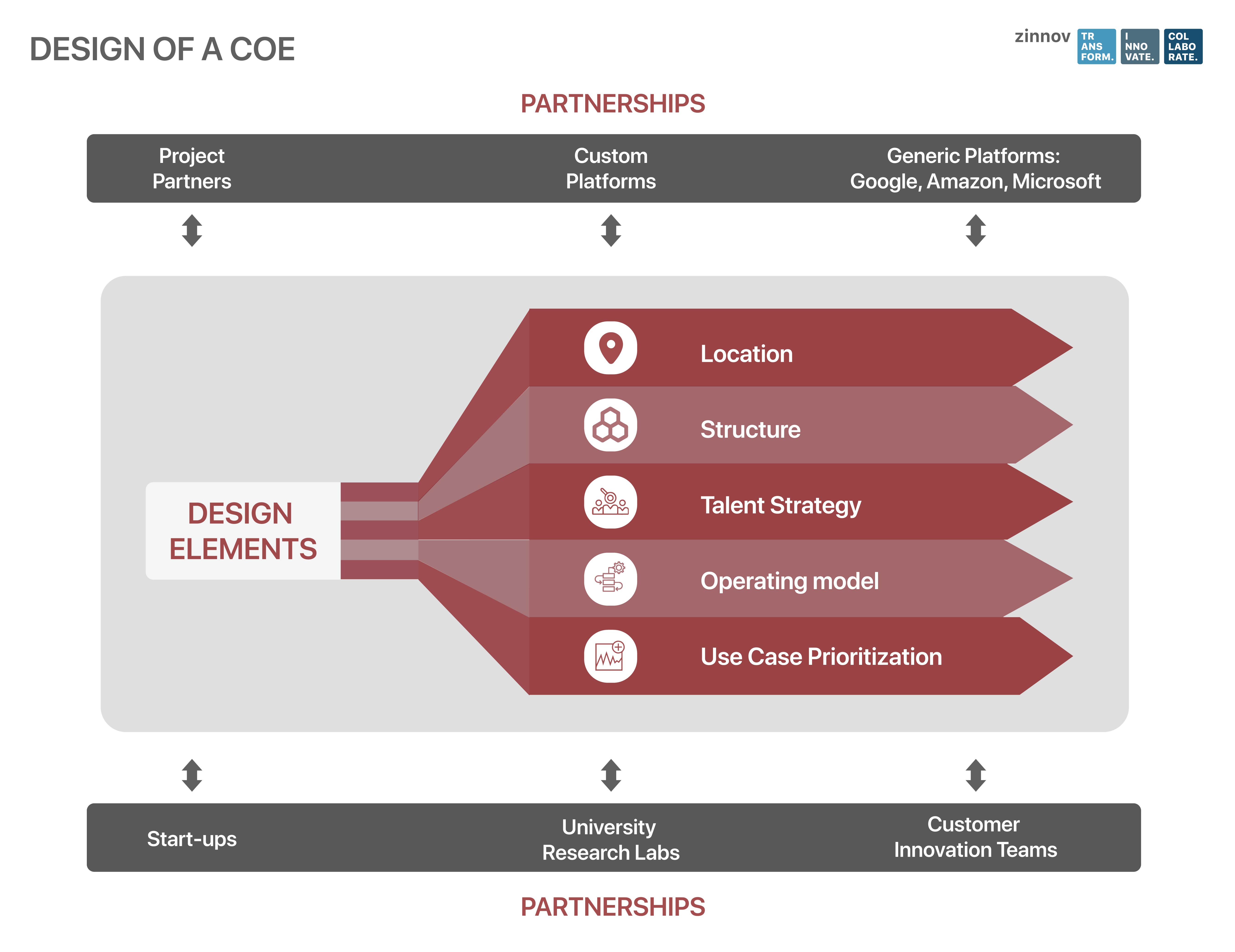|
|
Out of the many extraordinary literature, philosophies, and theories that Greek Mythology has bestowed on humankind, there’s one word that captures the essence of a Center of Excellence. The word is Areté. Areté is an ancient Greek word meaning Excellence. However, its meaning varied from scholar to scholar. Homer described it as a physical attribute, while for Socrates, it was a state of mind.
In the modern context, areté defines any form of excellence, and hence what better way to describe a center of excellence than this ancient word – areté.
A CoE works horizontally across business units (BUs) or product lines within a BU and disseminates knowledge/best practices in an organization.
Although the prima facie advantage of building a center of excellence is the expertise it embodies, the key advantage of developing a Center of Excellence is that it means different things to different people/organizations. It could be a body that looks at functional aspects such as compliance, regulations, and governance, or a group that focuses on augmenting HR through data management, or even a marketing or social media center of excellence that collates and shares knowledge/guidelines on using social media, internal communication, etc. It could, in fact, be something as small yet significant as an ethics CoE that shares best practices on integrity and ethics with the wider organization.
For instance, NASSCOM, an industry body in India, established a Centre of Excellence for Data Science & Artificial Intelligence to accelerate ecosystem collaboration and provide the right technology platform, access to data, opportunities for co-creation, mentorship, use cases, enterprise connect, and training in Data Science and Artificial Intelligence. Another good example here is Microsoft’s Cloud Center of Excellence (CCoE). Microsoft’s CCoE is a function within Microsoft Azure that ensures a balance between speed and stability. The CoE has 4 teams that work together to empower IT to deliver products and services with speed, agility, and control.
Clearly, a Center of Excellence could be established for anything that an organization needs to focus on – innovation, best practices, competency, product development, or process optimization. However, in order to set up a CoE that truly drives value for an organization, you must have empowered collocated teams with ownership and accountability, working in alignment with clearly defined objectives.

While these are some of the key levers of success for setting up an effective CoE, often organizations find themselves in a fix as to where to begin and how to approach the entire setup process. What organizations need is a robust framework to set up an effective CoE that is empowered and drives innovation.
Zinnov, with years of expertise in charting out Center of Excellence models and setting up multiple Centers of Excellences, has outlined a design for a COE that will help organizations drive value from day one. A CoE should comprise of the following key elements:
Each of these key elements is a major cog in the CoE wheel and can define the success of a Center of Excellence. Let us deep-dive into the first key element of setting up a COE – Location.
An example that illustrates the importance of location in a Center of Excellence model is that of Samsung’s Centers of Excellence in Canada. Samsung’s Advanced Institute of Technology (SAIT) has been working with Canada’s AI research teams since 2014. Recently though, Samsung set up AI CoEs in Montreal and Toronto. It collaborated with the University of Toronto, Université de Montréal, McGill University, and NYU Toronto. Canada’s rich AI talent that comes from these universities is a key factor for Samsung to set up its COEs in Canada. Samsung now has close to 80 teams based out of Canada that are focusing on new-age technologies like Machine Learning, human-robot interactions, automation, and computer vision. The right ecosystem in countries like Canada, India, etc., is attracting many global companies such as Samsung, Ericsson, Microsoft to set up AI CoEs in these countries.
Thus, the identification of the most suitable location for setting up a global center based on talent needs and growth plans is one of the most important elements while building a Center of Excellence. Similarly, to set up an effective center of excellence, organizations need to focus on the other four elements of the CoE framework – structure, talent strategy, operating model, and use case prioritization. We will delve into these factors in future thought leadership pieces.

As the race to innovation continues to get tougher, more organizations are establishing centers of excellence to reinforce their expertise, or if we may call it, ‘Areté,’ in a particular technology or business process. Although the 5 design elements of a center of excellence can help organizations build a CoE that is effective and empowered, it is imperative for organizations to have a clear vision and a purpose for the CoE from the word go. The CoE leader and stakeholders must reiterate this vision from time to time and define relevant metrics to measure progress so that the CoE works towards achieving them consistently.
Budget constraints, lack of expertise or talent, ineffective partnerships – the challenges in setting up a CoE are many. But, if organizations plan effectively and implement these key design elements, a CoE can help bolster an organization’s agenda with a fail fast, learn fast mechanism. In an age, where speed is becoming a currency, a CoE can propel an organization’s expertise and business prowess, giving it a much-needed competitive advantage.